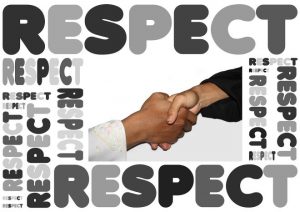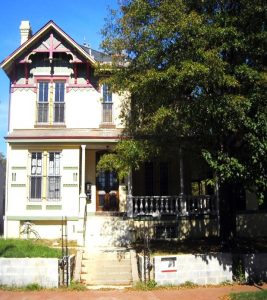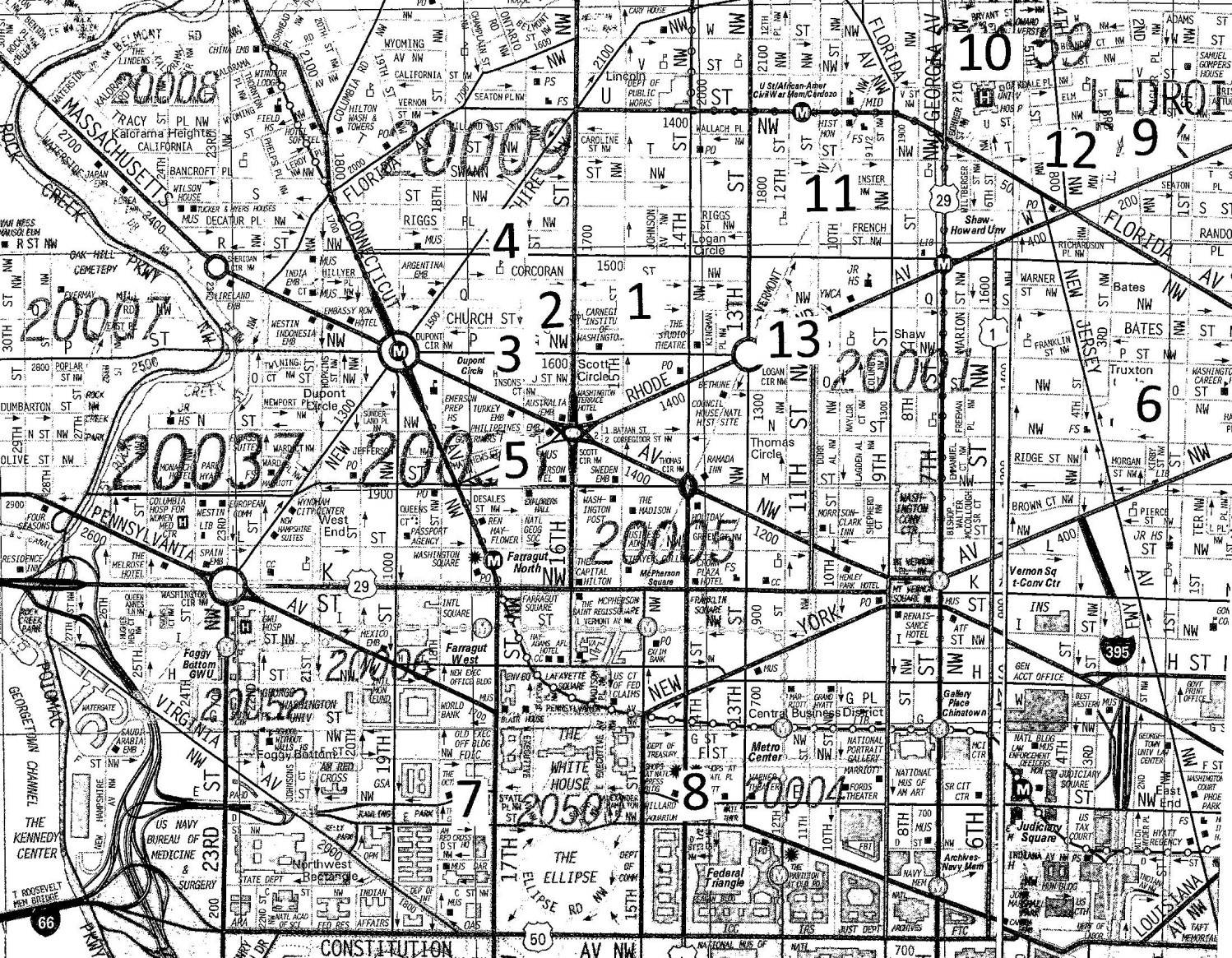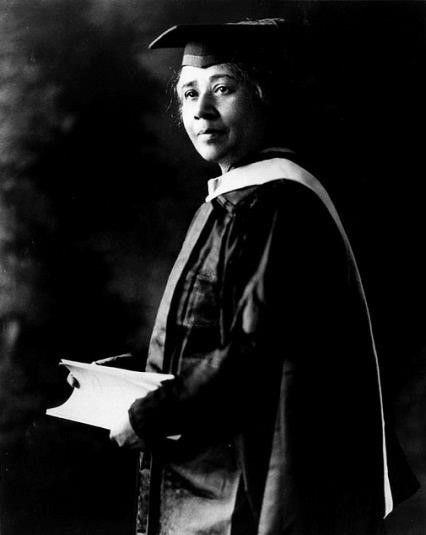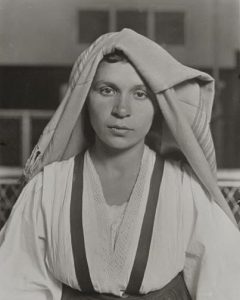By Michèle Lamont
Presidential talk to the District of Columbia Sociological Society, February 11, 2016.
Racism is a common occurrence for members of marginalized groups around the world. Getting Respect1 is a book that illuminates experiences of racism by comparing three countries with enduring group boundaries: the United States, Brazil, and Israel. This book is the result of a multi-year collaboration between sociologists living on three different continents. We joined forces to gain a better understanding of what racial tensions look like at the ground level from the perspective of the stigmatized.
We delve into what kinds of stigmatizing or discriminatory incidents individuals encounter in each country, how they respond to these occurrences, and what they view as the best strategy—whether individually, collectively, through confrontation, or through self-improvement—for dealing with such events. We learned that “exit, voice, and loyalty”2 take different forms across contexts (e.g. African Americans sue more), and this is what we aimed to document and account for.
This deeply collaborative and integrated comparative study draws on more than four hundred in-depth interviews with middle- and working-class men and women residing in and around multiethnic cities—New York City, Rio de Janeiro, and Tel Aviv—to compare the discriminatory experiences of African Americans, Black Brazilians, and Arab Palestinian citizens of Israel, as well as Israeli Ethiopian Jews and Mizrahi (Sephardic) Jews. Our detailed analysis reveals significant differences in group behavior: Arab Palestinians frequently remain silent due to resignation and cynicism while Black Brazilians see more stigmatization by class than by race, and African Americans confront situations with less hesitation than do Ethiopian Jews and Mizrahim, who tend to downplay their exclusion.
Groupness
We account for these patterns by considering the extent to which each group is actually a group, the socio-historical context of intergroup conflict, and the national ideologies and other cultural repertoires on which group members rely. For instance, we show how the American Dream, Zionism, and Brazilian racial democracy enable some responses more than others.
We also argue that while racial groupness is more central for African Americans and Arab Palestinians, Mizrahim and Black Brazilians are similarly characterized by a weaker sense of group belonging, which leads them to interpret incidents quite differently than the previous two groups. Finally, we consider similarities and differences between men and women, as well as the middle class and the working class, to capture the extent to which racial identity overshadows the daily experiences of stigmatized groups across contexts.
The broader challenge that motivated the study is to gain a better understanding of how the excluded gain recognition and cultural membership: the quality of societies is measured not only by questions of distribution (who gets what and how much) but also by questions of recognition, inclusion, and voice. While political philosophers Nancy Fraser and Axel Honneth have alerted us to the importance of recognition,3 sociological analyses of the process by which groups become less stigmatized remain few. 4
Societies offer different scaffoldings for gaining recognition—for instance in the form of cultural repertoires that are more or less effective in promoting diversity and enabling social resilience for a large number of individuals.5 While reading this book, the reader moves from a general framework about how the five groups coalesce differently to specific cases.
We highlight cross-group variations on the basis of similarity within groups (phenotype, nationality, ethnicity) as well as the varying strengths of groupness.
The United States
The reader comes to understand how this framework animates our empirical analysis of the United States, as well as how we mobilize different explanatory elements to account for the patterns we identify (for instance, the high salience of confrontation and of individualized responses in the United States). Here the reader learns to think about the challenges African Americans meet through new questions and different frames.
The analysis highlights the centrality of stigmatization (feeling underestimated, ignored, and misunderstood) over discrimination (being deprived of resources) and demonstrates why “management of the self” figures prominently in responses from the middle class and working class alike.
It also shows that collective responses to racism are subordinated to individualist responses to racism (i.e., demonstrating hard work and gaining education) as African Americans face the accusation of reverse racism.
Brazil
Brazil plays a very different role in the analysis. Here we add a layer of complexity by deploying the same analytical tools and revisiting the same set of questions, but we do so in a very different context, one where group boundaries are not as sharp despite a clear sense of racial identification among Black Brazilians and the acknowledgement of white privilege.
We argue that this different type of groupness influences how Black Brazilians identify ethnoracial exclusion (largely through the conflation of race and class) and how they respond to it (avoiding aggressive confrontation and more commonly defending colorblind strategies of redistribution).
Thus, we shed new light on a well-developed comparative topic, that of race relations and racial identity in the United States and Brazil.
Israel
We add new layers to the argument in our discussion of Israel by introducing three groups who are stigmatized differently than African Americans and Black Brazilians.
It is in this chapter that the fruitfulness of our comparative framework becomes fully realized, as we mobilize our analytical approach to capture and explain the configurations of groupness, experiences, and responses that are characteristic of Arab Palestinians (our primary concern), but also of Ethiopian and Mizrahi Jews.
The juxtaposition of these three cases shows how one national context shapes ethnoracial exclusion differently for each group, depending on how their stigmatized characteristics fit in national history and in the Zionist political project.
The inclusion of Ethiopian Jews, a phenotypically black group, sheds new light on the African American and Black Brazilian cases and reveals how and why blackness functions differently as a driver of exclusion across national contexts. Finally, the cases of Arab Palestinians and Mizrahim (respectively the least and one of the most socially integrated groups in Israel) add another dimension to our analysis by focusing on how the understandings of their place in the present and future of their society generates hope and powerlessness and different responses to stigmatization.
Trade-offs
Thus, through our three country chapters, the book evolves in several directions as we add elements of complexity and analysis in transversal comparisons (across chapters) as well as within each country case study.
Although each study could have been developed as a self-standing book, we believe the analytical payoff is in the somewhat unusual juxtaposition of cases. But it will be for the reader to tell.
Notes
- Michèle Lamont, Graziella Moraes Silva, Jessica Welburn, Joshua Guetzkow, Nissim Mizrachi, Hannah Herzog, and Elisa Reis. Forthcoming. Getting Respect Responding to Stigma and Discrimination in the United States, Brazil, and Israel. Princeton University Press, August 2016.
- Albert Hirschman. 1970. Exit, Voice and Loyalty. Cambridge, MA: Harvard University Press.
- Nancy Fraser, and Axel Honneth. 2003. Redistribution or Recognition? A Political-Philosophical Exchange. London: Verso.
- Matthew Clair, Caitlin Daniel, and Michèle Lamont. Forthcoming. “Destigmatization and Health: Cultural Constructions and the Long-Term Reduction of Stigma.” Social Science and Medicine.
- Peter A. Hall, and Michèle Lamont, eds. 2012. Social Resilience in the Neoliberal Era. New York: Cambridge University Press.

